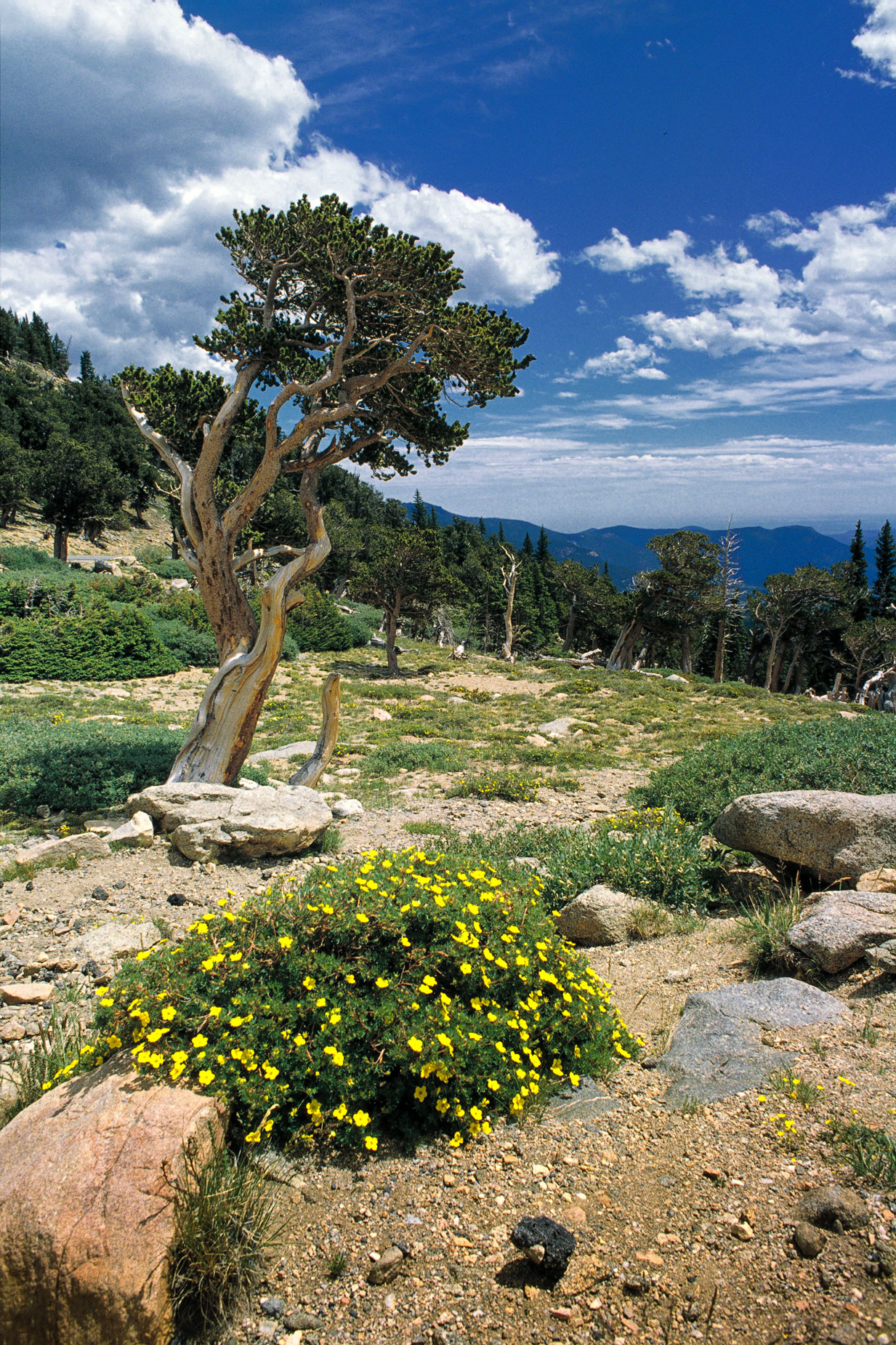Today’s Post by Joe Farace
“Love is like a tree, it grows of its own accord, it puts down deep roots into our whole being.”― Victor Hugo
 A few years ago Mary and I attended an outing with a group of photographers and we were shooting in Bryce Canyon and other scenic parts of Utah. After one day’s shoot one of the attendees asked me, “why are you photographing trees? Every time I turn around you’re shooting another tree.” What I tried to explain to him was the simple fact that…
A few years ago Mary and I attended an outing with a group of photographers and we were shooting in Bryce Canyon and other scenic parts of Utah. After one day’s shoot one of the attendees asked me, “why are you photographing trees? Every time I turn around you’re shooting another tree.” What I tried to explain to him was the simple fact that…
I like photographing trees
This attitude carries over to my love of photographing some trees in Infrared as well as all kinds of species of trees including this bristlecone pine.
The bristlecone is one of three species of pine trees and all three are long-lived and highly resilient to harsh weather and bad soil, which is why there are so many pine trees in Colorado. One of those species is known as Pinus ponderosa, or more commonly known as the ponderosa pine, of which I can see several just by looking out my office window here on Daisy Hill. It is a large species that’s native to the western United States and Canada and is the most widely distributed pine species found in North America.
Bristlecone pines grow in scattered sub-alpine groves at high altitudes, such as Mount Blue Sky (formerly Mount Evans) in Colorado at 14,130 feet where the image at right was made. The tree’s name comes from the shape of the prickles on the female cones. Another one of the three Pine species, Pinus longaeva, is among the longest-lived life forms on Earth. Methuselah is a 4,848-year-old bristlecone pine tree that is growing high in the White Mountains of Inyo County in eastern California and is the second longest known living tree.
Despite their age and low reproductive rate, bristlecone pines tend to occupy new open ground but they compete poorly in less-than-harsh environments, making them difficult to cultivate. They do very well, however, where most other plants cannot even grow, such as in rocky soils in areas with virtually no rainfall.
How I Made this Photo: I made the featured photograph while Mary and I were on a camera club group shoot—more of a Photo Hike than a PhotoWalk— using a Nikon FE SLR and Vivitar Series I 24-48mm f/3.8 lens with an exposure that was unrecorded. The film used was Kodak Ektachrome 100. Scans were from Kodak’s defunct Photo CD process and were opened using Lemke Software’s Graphic Converter that produced relatively good quality files from a Photo CD disc but the software is not without its quirks.
If you enjoyed today’s blog post and would like to buy me to a cup of Earl Grey tea ($2.50,) please click here. And if you do, thanks so much.